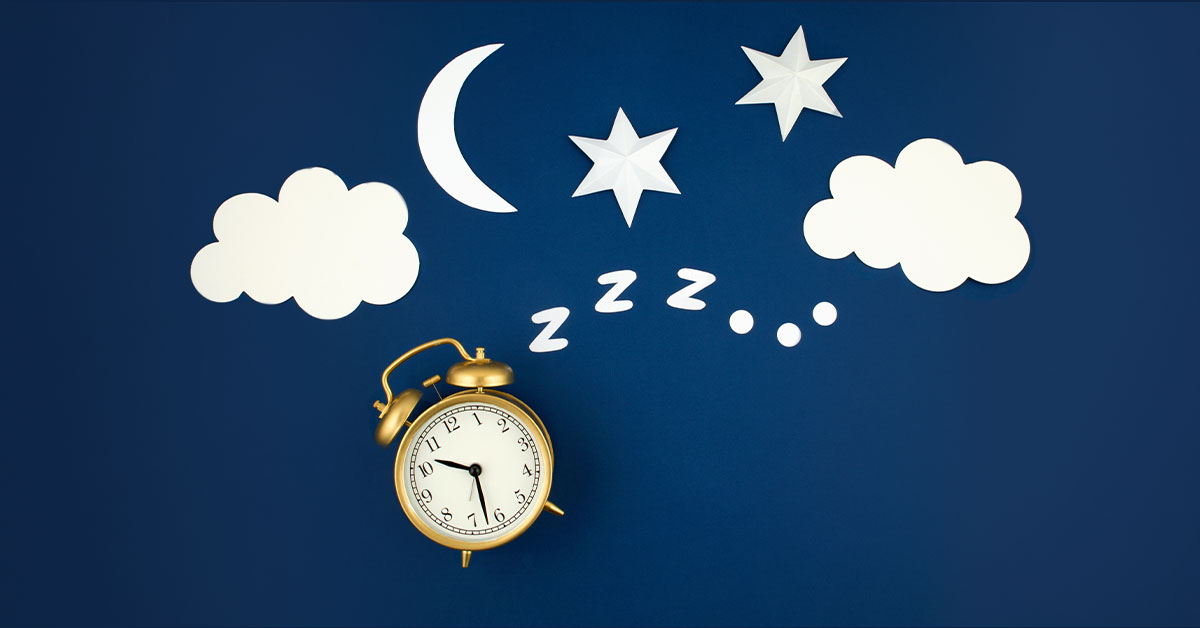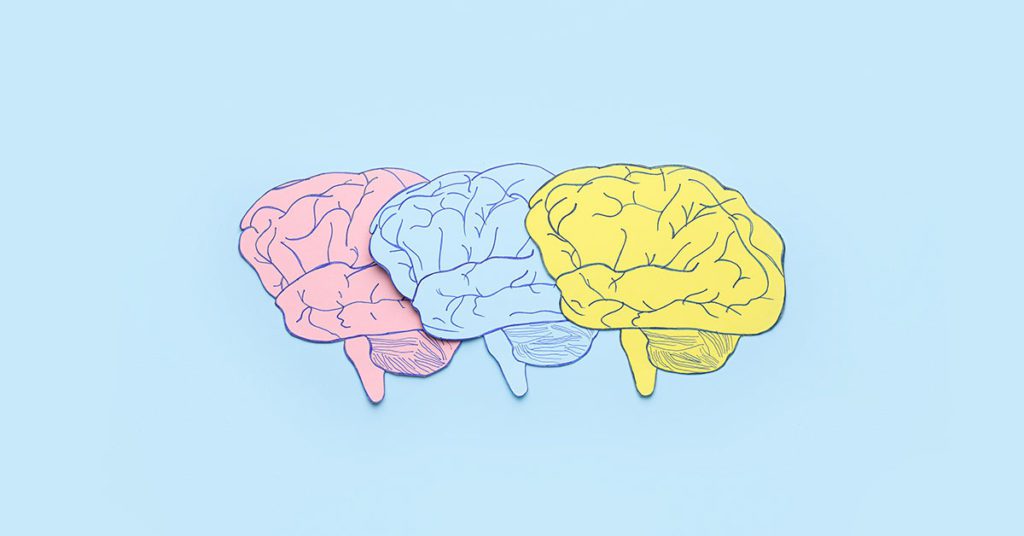People with aphantasia lack visual mental imagery and can’t form visual pictures in their “mind’s eye.” It’s a rare trait that only affects about 2% of the population. So, do people with aphantasia dream? Surprisingly, people who lack visual imagery while awake can still have vivid dreams. Find out more about aphantasia and dreams and how the condition affects the brain.
Living without Visual Imagination
Close your eyes and try to picture your favorite food. Can you do it? People with aphantasia can’t. They have limited to no mental imagery and can’t picture images in their “mind’s eye”.
The first recorded discovery of aphantasia came about in 1880 during research led by English psychologist, Francis Galton. He asked a group of participants to close their eyes and recall the scene of their breakfast table from that morning.
Some of the group could imagine their breakfast in vivid detail. Others could recall some aspects of the scene in their minds. To Galton’s surprise, a handful of the participants had no ability to envision their breakfast. In fact, they didn’t understand the concept of visual imagination at all.
Little research existed from that point about the phenomenon. It wasn’t until 2015 that Professor Adam Zeman, a cognitive and behavioral neurologist at the University of Exeter, first coined the word “aphantasia”.
Dr. Zeman’s research focuses on aphantasia and its effect on memory as well as other brain functions. He estimates that aphantasia affects about 2% of the population. Some are born with it, a condition known as congenital aphantasia. Others develop acquired aphantasia due to an illness, surgery, or brain injury. It can also result from depression, anxiety, or PTSD.
People with aphantasia can live normal lives. It doesn’t necessarily cause a problem for those who have it, which explains why doctors didn’t know about it for so long. It can interrupt certain activities. For example, it can make it difficult to draw objects from imagination or to use visualization strategies for learning.
Aphantasia doesn’t affect intelligence or cause any other neurological symptoms. Plus, people with aphantasia can rely on other brain functions to mentally represent information. Instead of a “mind’s eye”, they can base memory on the “mind’s ear” or “mind’s nose,” for example.
Mental Images on a Spectrum
The ability to form mental images falls on a spectrum. Some people have a heightened ability to form mental images, a condition known as hyperphantasia. On the other end of the spectrum, aphantasic individuals lack the capacity to generate mental images altogether.
The Vividness of Visual Imagery Questionnaire (VVIQ) helps understand someone’s ability to form mental images. It scores on a scale of 1 to 5, with 1 representing a strong ability to see mental images. A 5 demonstrates no ability of mental imagery. Most people score between 2 and 2.5.
Studies on aphantasia demonstrate that many areas become active during visualization. Brain scans show activity in the frontal and parietal lobes, regions usually involved in decision-making, working memory, and attention. The visualization network also includes the hippocampus and medial temporal lobe, areas that also control memory and daydreaming.
Because visualization involves many regions of the brain, aphantasia affects people differently, depending on their circumstances. For example, someone who develops acquired aphantasia may lose their ability to visualize faces after a stroke due to a loss of connectivity between decision-making areas and visual areas.
Aphantasia and Dreaming
Cognitive scientist, Dr. Zeman first became aware of aphantasia after hearing about a retired building surveyor who lost his mental imagery after a minor heart operation. The man had visual imagery previously and lost it only after the procedure. He also lost his ability to form mental images when dreaming.
But, not everyone with aphantasia loses the ability to dream. Aphantasia is complex, and the way it affects people varies.
Neuroscientist and Senior Lecturer at MIT Sloan, Dr. Tara Swart, explains that just like aphantasia affects visualization differently, so too does its effect on dreaming vary. Some people with aphantasia can dream, while others cannot.
Although people living with aphantasia cannot form mental images while awake, some can still have vivid visual dreams. That’s because our brains process dreams differently than conscious visualization while awake. Dream activity involves more of a bottom-up process organized by the brain stem. But when awake, the cortex controls conscious visualization, which is more of a top-down process.
This could mean that, although aphantasia reduces the ability to form mental images, it doesn’t eliminate visualization completely. People living with aphantasia may still have some level of mental imagery.
Much of our understanding of aphantasia and how it affects the brain still remains unknown. Until the mechanisms behind aphantasia are fully understood, there is no cure for it. Fortunately, with the right tools and understanding, people with the condition can still live a full life.






